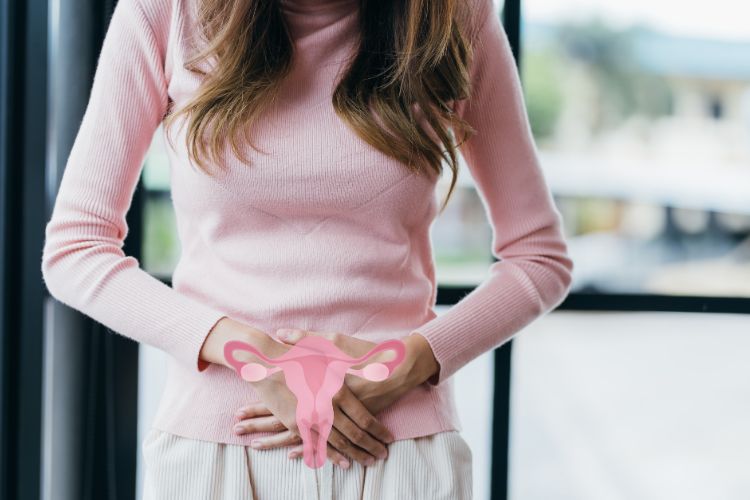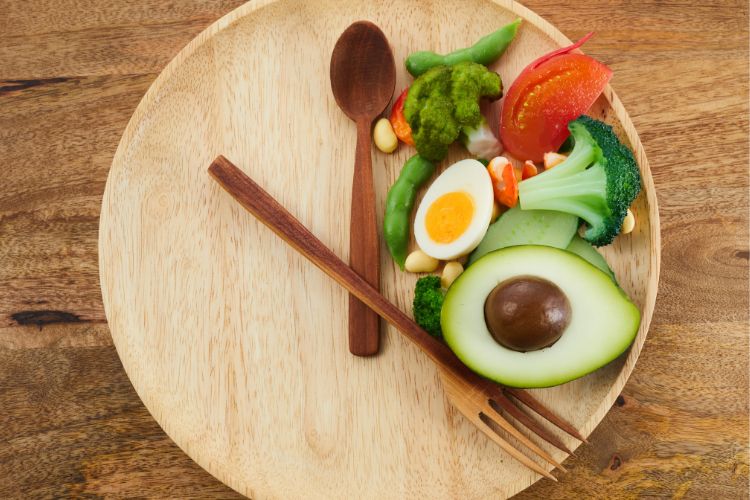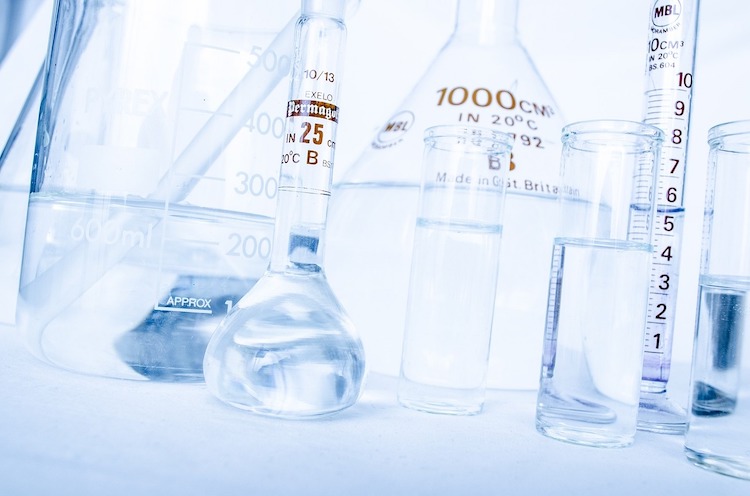Polycystic ovary syndrome (PCOS) is a common hormonal disorder among women of reproductive age. It can cause a lot of stress and heartache for people, who are typically told they won’t be able to have a baby, will go on to develop metabolic diseases such as diabetes, and will always suffer from the symptoms of acne, irregular cycles, polycystic ovaries …
The naturopathic guide to Poly Cystic Ovarian Syndrome (PCOS)
What is PCOS? PCOS stands for Polycystic Ovary Syndrome, a common hormonal disorder affecting people with ovaries, primarily those of reproductive age. To be diagnosed with PCOS, you must meet at least two of the three Rotterdam criteria established during a conference in Rotterdam, Netherlands, 2003. These criteria were developed to provide a more comprehensive and inclusive approach to diagnosing …
Is period pain normal?
It can be difficult to determine if your period pain is ‘normal’ because we are taught to expect some level of discomfort when it comes to our menstrual cycles. I speak to so many people who are putting up with severe period pain because they think it’s normal or there is nothing that they can do to reduce it, so …
The A-Z Guide to Vitamins and Minerals and their health benefits.
A Deep Dive into the World of Vitamins and Minerals we use with our clients and why. Welcome to a journey of nourishment and vitality, where we delve into the world of vitamins and minerals that lay the foundation for your optimal well-being. From the intriguing realm of Vitamin A, offering a spectrum of benefits from enhanced night vision to …
5 Triggers that Cause Hormonal Acne in Women and Strategies to Reduce it
Introduction to Hormonal Acne Hormonal acne can be a confusing and debilitating problem, and for the majority of people, it can be difficult to figure out on your own! Characterised by cystic, deep pimples located around the chin, jaw, and face, this is typically caused by an imbalance in your reproductive and stress hormones that leads to an overproduction of …
10 truths and facts about intermittent fasting
Introduction: Welcome to a journey of insightful exploration into the world of intermittent fasting. As a dedicated practitioner in the field of natural health, it’s my pleasure to present you with a comprehensive article that unravels the intricate tapestry of intermittent fasting—one of today’s most discussed and intriguing wellness practices. In this article, we’ll delve into ten essential truths …
How to Prepare for a Hormone Test
Hormone testing is helpful for investigating symptoms such as irregular menstrual cycles, acne, painful or heavy periods, severe PMS, or infertility. In order to provide the best form of health care, we often do saliva, blood or urine testing to figure out what your hormones are doing under the surface. Here is a guide to help you feel prepared for …
Best Vitamins & Supplements for Hormonal Acne – Tips from a Qualified Naturopath
Most of the people who come to see us for help with treating their hormonal acne have been on a long journey of discovery. They have typically tried everything from topicals to restrictive diets to harsh and expensive skin treatments, and all of them say the information available is confusing and conflicting! Part of the reason for this is that …
Increasing iron rich foods
Iron is an important nutrient for energy, sleep, and mood. The recommended daily intake (RDI) for women is 18mg/day and 8mg/day for men These foods contain the below amount of iron per 100gm: Beef liver: 6.5mg Oyester 7.8mg Sardines: 2.9mg Lentils: 3.3mg Kidney beans 2.6mg Pumpkin seeds: 14.6mg Cashews 6.7mg Lean beef:2.6mg Lean pork: 2.9mg Lamb:2.9mg Chicken breast: 1.4mg Turkey …
Keeping a balanced plate
In a balanced plate, we need to include fibre, carbohydrates, protein, and healthy fats. Fibre is important to support regular bowel movements, prevent colon cancer and feed your beneficial gut bacteria species so that they produce things like short-chain fatty acids and anti-inflammatory compounds. Protein is an essential nutrient made up of amino acids, which are the building blocks for …
How to make sure you are eating enough protein
The recommended daily protein intake can vary depending on factors such as age, sex, weight, physical activity level, and overall health. However, a general guideline for healthy adults is: Sedentary adults should aim for 0.8gms per kg of body weight Moderately active adults should aim for 1.2gms per kg of body weight Highly active adults should aim for 1.4gms per …
Antibiotic protocol
Protecting your gut bacteria during antibiotic use When you need to take antibiotics for an infection or health condition, it can reduce the amount of beneficial bacteria you have in your gut microbiome. Some types of antibiotics can also cause side effects such as diarrhea or stomach pain. To prevent this, it’s wise to take a probiotic alongside antibiotic use. …
Magnesium citrate for constipation
Magnesium citrate is an osmotic laxative, which means it draws water into the bowels to soften stools and stimulate bowel movements. Here is a how-to guide for using Magnesium citrate to relieve constipation: Start with the lowest dosage of 200mg. The therapeutic dosage is between 200-400mg of magnesium citrate, but a higher dose is not always necessary. Take the magnesium …
Low GI diet
A low glycaemic index (GI) diet is a way of eating that focuses on consuming foods that have a lower impact on blood sugar levels. The glycaemic index is a ranking system that classifies carbohydrate-containing foods based on how quickly they raise blood glucose (sugar) levels after consumption. Foods with a low GI value (55 or less) are digested and …
Zone 2 Exercise
Zone 2 exercise is low-intensity steady-state (LISS) cardio. Zone 2 typically corresponds to around 60-70% of your maximum heart rate. This range may vary slightly depending on individual factors such as age and fitness level. The goal of Zone 2 exercise is to improve aerobic capacity, build endurance, and enhance the body’s ability to utilize fat as a fuel source. …







